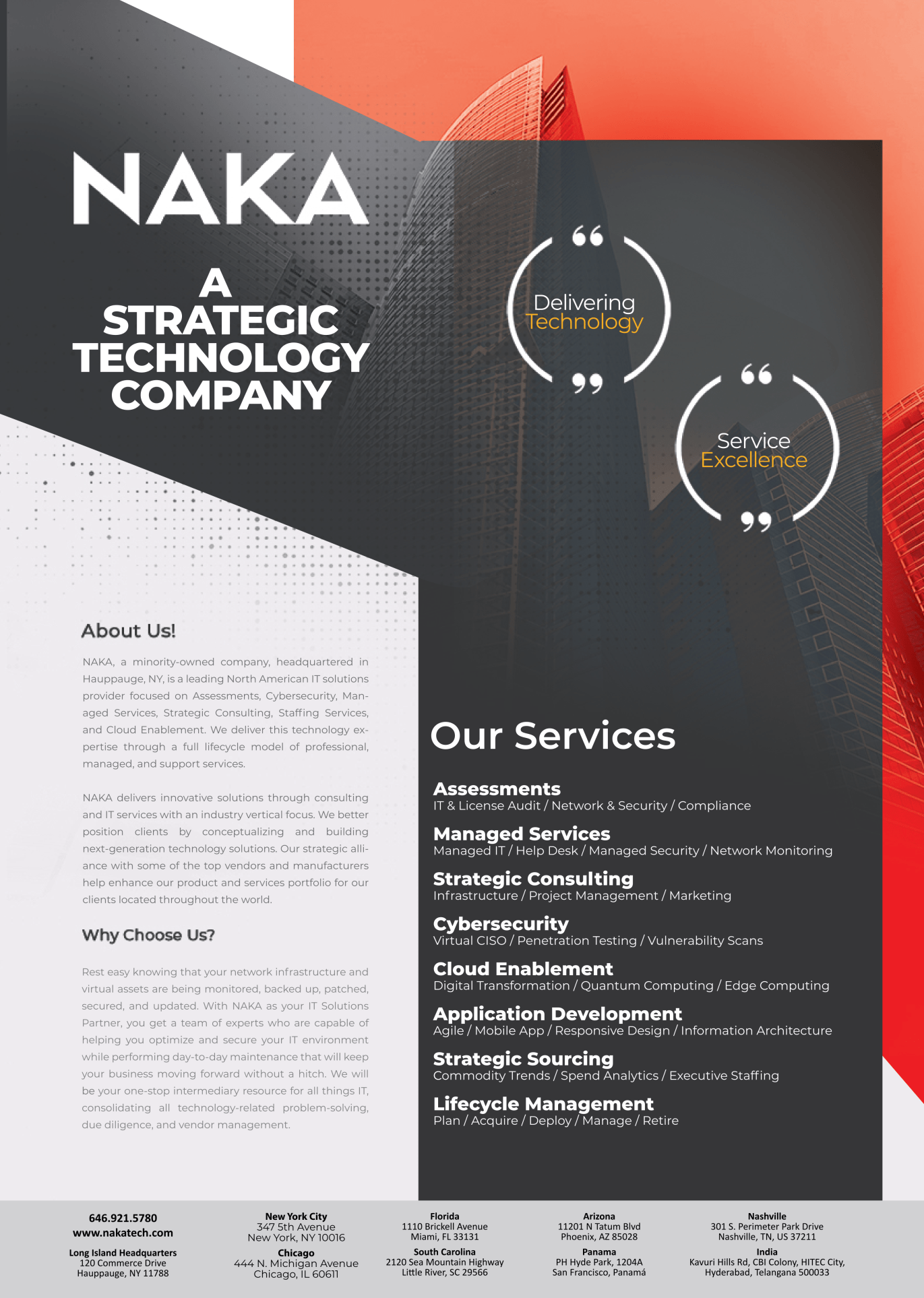Understanding Cloud Computing Security Architecture

Understanding Cloud Computing Security Architecture
Cloud computing has fundamentally transformed the way organizations manage, store, and process their IT resources, offering a wide array of benefits including unparalleled scalability, enhanced flexibility, and significant cost reductions. However, these advantages are accompanied by substantial security risks that must be meticulously addressed. Cloud computing security architecture is intricately designed to protect cloud environments from a diverse range of threats, ensuring the confidentiality, integrity, and availability of critical data and services. This comprehensive article will explore the key components that form the backbone of cloud computing security architecture, examine the various risks associated with cloud computing, and discuss the best recommended practices that firms may employ to safeguard their cloud infrastructures from evolving security threats.
Components of Cloud Computing Security Architecture:-
-
Identity and Access Management (IAM)
-
-
- User Authentication and Authorization: IAM systems control access to cloud resources by managing user identities and their permissions. Effective IAM guarantees that only authorized users have access to sensitive data and applications. This comprises user authentication, authorization, and role-based access control (RBAC), which guarantees that permissions are granted depending on the user’s role in the business.
- Multi-Factor Authentication (MFA): Adding an extra layer of security by requiring multiple forms of verification helps prevent unauthorized access even if credentials are compromised.
- User Authentication and Authorization: IAM systems control access to cloud resources by managing user identities and their permissions. Effective IAM guarantees that only authorized users have access to sensitive data and applications. This comprises user authentication, authorization, and role-based access control (RBAC), which guarantees that permissions are granted depending on the user’s role in the business.
-
-
Data Protection
-
-
- Encryption: Data protection involves encrypting data both at rest and in transit using technologies such as Virtual Private Networks (VPNs) and data masking. When intercepted data is encrypted, it cannot be read without the decryption key.
- Data Masking: Hiding sensitive information to prevent exposure during processing or testing.
- Data Loss Prevention (DLP): Implementing policies and tools to detect and prevent data breaches.
-
-
Network Security
-
-
- Firewalls and Intrusion Detection Systems (IDS): Network security involves implementing firewalls, IDS, and Intrusion Prevention Systems (IPS) to monitor and control incoming and outgoing traffic, preventing unauthorized access and detecting potential threats.
- Virtual Private Networks (VPNs): Establishing secure connections between remote users and cloud resources ensures data protection during transit .
-
-
Security Monitoring and Management
-
-
- Continuous Monitoring: Continuous monitoring of Cloud Computing Security Architecture is crucial for detecting and responding to security incidents. Logging and monitoring tools help in identifying suspicious activities and generating alerts for immediate action.
- Security Information and Event Management (SIEM): Aggregating and analyzing security logs to detect and respond to incidents.
-
-
Compliance and Governance
- Regulatory Compliance: Compliance with industry standards and laws (such as GDPR, HIPAA, and PCI DSS) is crucial. Cloud providers and clients must work together to meet these requirements through proper data handling and documentation practices .
- Security Policies and Procedures: Establishing clear guidelines for cloud security practices.
Security Risks in Cloud Computing Security Architecture
-
Data Breaches
-
-
- Accessing sensitive material without authority can have major consequences for one’s income and reputation. Implementing strong encryption and access controls can help to mitigate this danger. Data breaches occur when confidential data is accessed, viewed, or stolen by unauthorized individuals .
-
-
Account Hijacking
-
-
- Attackers may gain access to cloud accounts through phishing or credential theft, using them for malicious activities. Multi-factor authentication (MFA) and robust password policies are effective countermeasures .
-
-
Data Loss
-
-
- Data loss can occur due to accidental deletion, hardware failure, or natural disasters. Regular backups and disaster recovery plans are essential to protect against data loss .
-
-
Denial of Service (DoS) Attacks
-
-
- DoS attacks can overwhelm cloud services, causing downtime and loss of access. Cloud providers must implement measures to detect and mitigate these attacks promptly .
-
-
Insider Threats
-
-
- Malicious or irresponsible insiders can pose serious security threats. Role-based access controls and regular audits can help in minimizing insider threats .
-
-
Vendor Lock-In
-
-
- Switching cloud providers can be expensive and complex, potentially leading to vendor lock-in. Organizations should plan for potential transitions between providers to avoid being locked into a single vendor’s ecosystem .
-
-
Spectre & Meltdown
- These vulnerabilities allow programs to view and steal data that is currently processed on the computer, affecting personal computers, mobile devices, and cloud environments .
Best Practices for Cloud Computing Security Architecture
-
Implement Robust Access Controls
Use IAM policies to ensure that only authorized users can access cloud resources. Regularly review and update access permissions. Implementing robust identity and access management (IAM) restrictions ensures that only authorized users can access cloud environments .
-
Use Encryption
Encrypt data both in transit and at rest to avoid unwanted access. Ensure that encryption keys are managed securely. Secure data is protected by encryption from unwanted access during transmission and storage.
-
Regularly Update and Patch Systems
Update all software and systems with the most recent security patches to guard against known vulnerabilities. Regular updates and patches help prevent known vulnerabilities from being exploited.
-
Conduct Regular Security Audits
Perform regular security audits and vulnerability assessments to identify and address potential security gaps. Security audits discover and address vulnerabilities or flaws in cloud environments.
-
Employee Training
Train employees on security best practices, including recognizing phishing attempts and proper password management. Employee training on security best practices, such as password management and phishing prevention, enhances overall security awareness .
-
Developing an Incident Response Plan
Create a detailed incident response plan to deal with security incidents quickly and efficiently, ensuring that responsibilities, procedures, and communication protocols are clearly defined and tested on a regular basis.
-
Selecting a Dependable Cloud Provider
Select a cloud service that adheres to strict security regulations. Assess their encryption, access restrictions, and compliance with industry standards to make sure they fulfill the requirements of your company.
-
Using Network Segmentation
Network resources should be segmented to reduce the effect of security events, stop attackers from moving laterally across the network, and control possible breaches.
-
Monitoring and Logging
Keep a close eye on cloud activity and record it to help you promptly detect and address security issues. Make use of Security Information and Event Management (SIEM) systems and extensive logging technologies.
-
Compliance Management
Make sure cloud services adhere to applicable laws and guidelines by conducting frequent audits, evaluations, and gap analyses. Put in place policies that comply with laws like HIPAA and GDPR.
-
Automated Threat Intelligence
Using AI and machine learning, you can better detect and respond to threats. Automated threat intelligence systems react to changing threats and offer real-time insights and prompt mitigation.
Conclusion
Cloud computing security architecture is essential for protecting sensitive data and ensuring the secure operation of cloud services. By understanding the key components, risks, and best practices, organizations can build robust security frameworks that safeguard their cloud environments from evolving threats. Implementing comprehensive security measures, regular audits, and employee training will help organizations mitigate risks and leverage the full potential of cloud computing securely.
At Nakatech, our mission is to support organizations in navigating the challenges of cloud security by offering state-of-the-art solutions and knowledgeable advice. Because of our unwavering commitment to quality, our clients may confidently enjoy the advantages of cloud computing while upholding the greatest security requirements.



